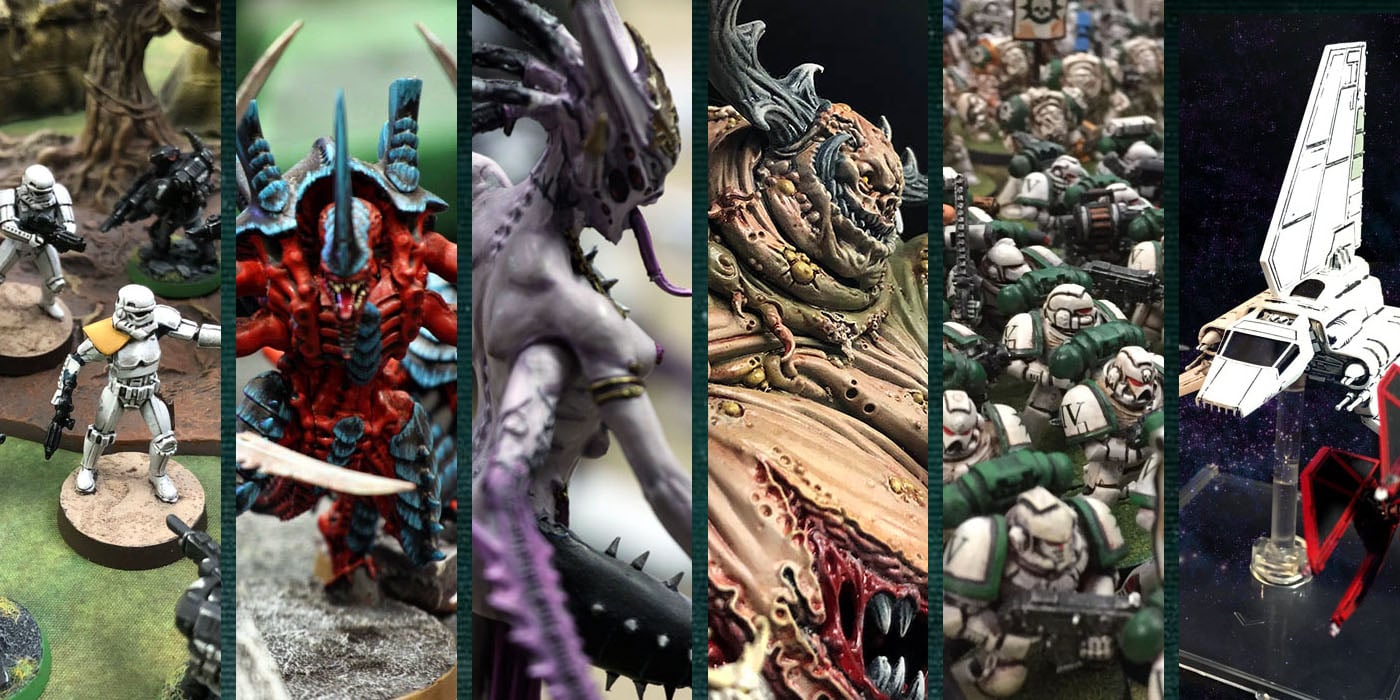40K: EDITORIAL – The Evolution of Feel No Pain

 |
| he also feels no pain |
Feel No Pain has been a big topic in the Blogosphere the last couple days so I wanted to really dig into its humble origins, and where it says about the future of the game.
FNP has caused some to think that USRs are being given out to easily, eliminating the flavor of some units who used to have it, while others have said that perhaps it is an answer to making fragile units tougher against the heavier offensive power seen in 5th edition 40k. Articles that explore these cases can be found Sepulchre of Heroes and Sons of Taurus . Son of Taurus presents a very well-thought out article and while commenting, I thought the matter may require another point of view.
As presented in the aforementioned article, Taurus points out that Feel No Pain had its humble roots in old school Death Company and worked its way up into 3.5 and 4th edition with Khorne Champs and Plague Marines. Now, before we move on, we see the USR used here in a very static position. It just makes these units tough to kill with an extra save. This just results in more shots placed on them to eliminate them and little other thought strategically. It made it easy to field tough units and to identify tough targets, but did it add anything to game play?
As 5th edition drew in, we saw Orks gain FNP through Painboyz, followed by Space Marine Apothecaries with FNP benefits. This was the first time we started to see FNP be really being explored as a USR that can be purchased with an upgrade. It limited it’s use to certain units, making those units keys in the lists they run in, but also limited to very expensive, hard hitting units (nob bikers and bike command squads in particular).
After that, we saw the USR placed on Lone Wolves and due to their Kill Point rules, we see it become slightly more strategic. It takes a little more power to take out the Lone Wolf. He needs to die for the Space Wolf player to benefit. If he isn’t killed, he will also likely do some damage, so the enemy also has to think about what he is doing to himself when he decides to play around the LW or kill it. Not a whole lot of impact on game play here, but things are starting to become interesting.
Next came the Tyranids with the Tervigon. The tervigon is a walking strategic asset in the lists that include it, capable of being a force multiplier, literally by pooping gants and also from it’s potential to buff those gants through upgrades, increase its synaptic range and of course, place FNP wherever it is most needed. The Tervigon is needed for the Nid player’s synergy and for lists that include the Tervigon, it is often a key support unit, if not THE key support unit. Therefore list building and tactics on the table are effected both for the Nid player and his opponent. For the opponent, taking away the Tervigon can hurt the Tyranid army’s synergy and potentially cripple his scoring dynamics, though focusing on the Tervigons often comes at the cost of ignoring really dangerous elements of the tyranid player’s list. For the Tyranid player, it is important at all times to be aware of movement and the range of synapse and the buffing areas, the range of FNP and the potential for damage done to the gants when a Tervigon is close to dying. Here, FNP is realized as a stratagem and adds to the dynamics of list building and game play.
The Blood Angels gave 5th edition the Sanguinary Priests, who give off the FC and FNP bubbles, often hidden in units that are also decent to deadly in CC. The BA player knows he has to protect his priests and that facts forces a style of play and an element of strategy to both his list and his game play because if he loses them too quick, he loses the benefits he paid for and potentially extra kill points. For the opponent, it becomes more critical to isolate those units and eliminate them either through massed firepower or more likely strategically played CC, in which the priest is removed by attacking his IC status, further forcing tactical shifts for the BA player’s plan and helping the opponent kill more BA and even score more KP. Once again, the way FNP is taken plays into the strategy of how each player plays the game on the table.
The release of Dark Eldar has seen the FNP USR given through pain tokens, as a reward for either killing the enemy (again something the player must achieve) or through the use of combat drugs, supporting units (parasites) or HQ choices (again effecting list building and table strategy of movement and support). It is of interest for the DE player to get the tokens to keep his troops alive from basic fire and Vehicle Destroyed results, so he will adjust his list building or game play dependant on how much importance he places on getting the first pain token.
For the DE opponent, the focus of effort depends on how the pain tokens were taken in the first place. If the DE player decided to take the Duke or a bunch of Homeneculi, then the opponent needs to focus his efforts on disabling the movement of the raiders that carry the DE units that will be most dangerous to him if they get more pain tokens. Harming the DE’s momentum by making them leave behind their best units will slow the DE momentum down as a whole and that is how DE are defeated. If the DE player is relying on killing in order to gain pain tokens, then the strategy for the opponent is to take down the raiders where the most damage can be done first (taking down a wych raider can kill a lot of wyches, taking out an Archon’s raider slows the whole army down one of the deadliest units and often one the army is relying on).
With all that said, it is important to take a look at the fifth edition codices as an evolution on game play over how things were done in previous editions. Where 4th edition gave you no-brainer units and little beyond each player’s plan in terms of strategy, 5th edition gives us moving stratagems and a more advanced form of game play, where rules, army-wide benefits and yes, FNP, play a major part of EACH player’s strategy whether or not each has FNP or any other set of USRs. I am sure as more codices get updated, you will see USRs, including Feel No Pain, used in more dynamic ways. While it seems like more USRs on the board can take away from units like plague Marines, remember that the Chaos Codex has yet to receive an update and new, interesting and deadly ways to play the army are just over the next horizon. I for one am not upset about my plague Marines losing something unique as I am exited about the new strategies and game play that lie in store for an updated CSM codex.
~Bigred here, So what is your opinion on the new commonplace FNP mechanic and how it is being used in the latest codices? Do you like the new rule mechanics, or prefer the older simpler approach to the USRs from codices past?





